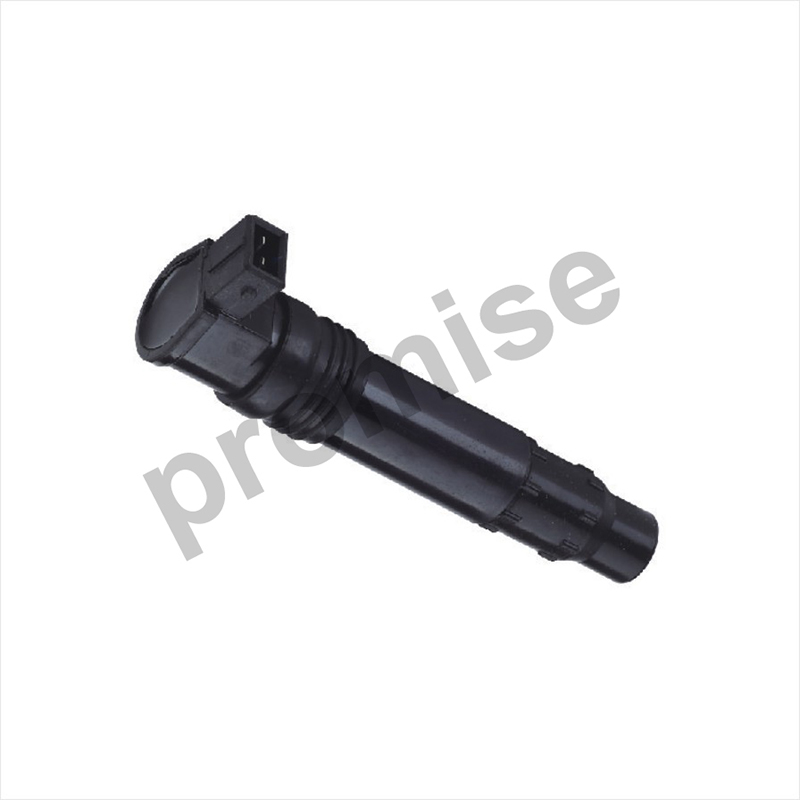An ignition coil is a small induction coil within the i […]
An ignition coil is a small induction coil within the ignition system of an automobile that changes the electrical voltage of the battery to the thousands of volts required to generate an instant electric spark from the gasoline ignition plugs. The ignition coils in many newer vehicles are made of stainless steel insulated wire wrapped in non-metallic copper housing. Sometimes they are made of steel covered with black plastic to avoid corrosion. Either way, once they are installed, maintenance on them is fairly easy and inexpensive.
A spark plug is a device that contains an iron core surrounded by a tungsten ring and insulated by an insulating layer of material. The spark plug assembly usually consists of two parts: the primary iron core and the secondary windings. The primary component is fastened to the spark plug case by a metal sleeve. As the primary magnetic field interacts with the inside of the metallic tube inside the cylinder, the magnetic field gradually shifts the iron core's position relative to the rest of the coil. The secondary winding, which is usually a wire or a combination of wire and plastic insulation, is pushed by the magnetic field to the side of the cylinder, where it interacts with the gasoline molecules and ignites the fuel contained within the cylinder.
The process described above creates a very strong magnetic field that continually interacts with the interior of the cylinder. This continuously changing magnetic field induces energy within the secondary winding, causing it to become slightly more stable. As the secondary winding becomes more stable, the electricity causes it to turn. The turning of the primary winding produces a current, which is routed through the wires harnessed by the Ignition Coil. As the current flows through the wires, it generates a voltage that can be measured with a tester or a multimeter.
Ignition Coil problems occur most often with diesel engines. Diesel fuel has a significantly lower density than gasoline, which forces the Ignition Coil to work harder to retain and release its charge. This results in an over-the-road power curve that can create excess wear and tear on the Ignition Coil and also contribute to serious Ignition Coil problems. Even if the spark plug has not failed, the Ignition Coil can still develop serious power drop offs. If your engine suddenly seems to be losing power, even if you crank up the engine a bit, the Ignition Coil may well have developed one of the many ignition coil problems described below.
Spark plug failure is yet another Ignition Coil problem. The electrical pathway to the spark plug is well-protected by a thick metal shield around the plug. However, the cover over the pathway can be easily compromised, exposing the inner working of the ignition system to high voltages. If the Ignition Coil is not properly maintained, it can be forced to work harder than it is supposed to - leading to excessive wear and tear on the Ignition Coil and other parts of the ignition system.
Spark plug failures can also occur at the Ignition Coil connections, where the terminals are sealed against the cylinder and the spark plug. When high voltage occurs between the terminals, either the wafers or the contacts may be damaged, resulting in inadequate power for your vehicle's ignition coil wiring system. The wafers may either pop out or collapse, due to the high voltage. If both wafers and contacts are affected, then the entire ignition coil assembly may need to be replaced. This is one of the few Ignition Coil problems that will typically require the services of a licensed electrician.
